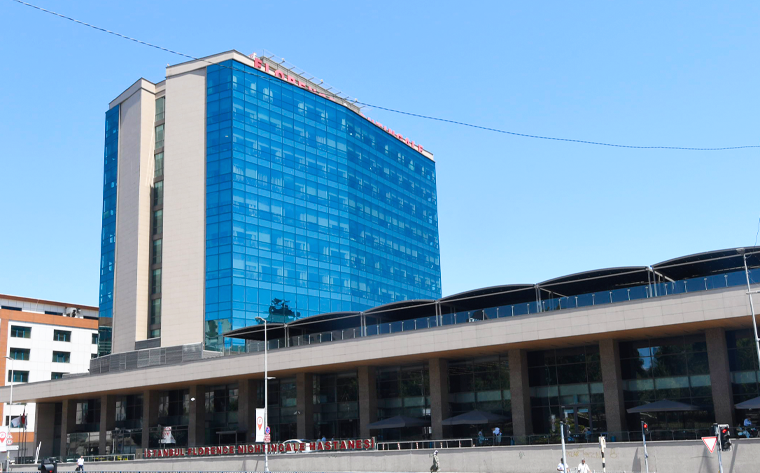
What is Anesthesia and Reanimation? What are the Types of Anesthesia?
Anesthesia is a medical procedure that is used to prevent patients from feeling pain during surgical or medical procedures. Reanimation is the process of bringing patients back to life and stabilizing them when their lives are in danger. Anesthesia is generally divided into three main types: general anesthesia, spinal/epidural anesthesia, and local anesthesia. Each type of anesthesia is selected according to different procedures and the needs of the patient.
About Anesthesia and Reanimation
Anesthesia and reanimation are two indispensable components of modern medicine. While anesthesia is applied in a wide range of applications from surgical interventions to dental treatments, reanimation is vital in emergency situations. Anesthesiologists determine the appropriate anesthesia method to ensure the safety of the patient and manage the process meticulously.
Who is an Anesthesiology Specialist and What Are Their Duties?
An anesthesiologist is a medical professional who performs anesthesia procedures and ensures the safety of patients before, during and after surgery.
Their duties include:- The anesthesiologist provides anesthesia management to the patient during surgical interventions.
- During the surgery, the patient's vital signs such as respiration, heart rate and blood pressure are monitored and necessary interventions are made.
- Diagnoses and treats medical problems that may arise during and after surgery.
- Manages the patient's chronic conditions, such as diabetes, asthma, heart problems or arthritis, throughout the surgery.
- He or she interviews the patient before surgery, reviews his or her medical history, and discusses anesthesia options.
- Determines which medications should be stopped or continued before surgery.
- It gives you information about when you should stop eating before the surgery.
- This meeting is sometimes conducted face to face and sometimes by telephone.
What are the methods used in anesthesiology?
In anesthesiology, various anesthesia methods are used to prevent patients from feeling pain during surgical or medical interventions. These methods are determined by the type of procedure and the patient's health condition.
- Local Anesthesia: Blocks pain in a specific area of the body for a short time. The patient remains awake and is usually preferred for minor surgical procedures.
-
Regional Anesthesia: Numbs a part of the body. There are two main types:
Spinal Anesthesia: Numbs the lower body area and is usually used for leg or hip surgeries. - Epidural Anesthesia: The lower body is numbed by continuous anesthesia given around the spinal cord. It is used in childbirth and some surgeries.
- General Anesthesia: It puts the patient into a deep sleep and numbs the entire body. It causes loss of consciousness during surgery and may require respiratory support. After the intervention, the patient is awakened and taken into the recovery process.
These methods are carefully selected according to the patient's needs and provide safe surgical interventions.
What are the situations that require anesthetic methods?
There are many different situations that require anesthesia. Surgical interventions, dental treatments, childbirth, some diagnostic procedures and emergencies are the main situations that require anesthesia.
- Surgical Interventions: All types of surgical operations require anesthesia. This covers a wide range of procedures, from major to minor.
- Dental Treatments: Local anesthesia is applied during painful dental treatments such as tooth extraction and root canal treatment.
- Birth: Regional anesthesia methods, such as epidural anesthesia, are used to manage pain during labor.
- Emergencies: Emergency surgeries or traumas may require rapid administration of anesthesia.
- Diagnostic Procedures: Anesthesia may be used to ensure patient comfort during diagnostic procedures such as endoscopy or biopsy.
- Pain Management: In the management of chronic pain or other painful conditions, anesthetic methods may be used to relieve pain in specific areas.














